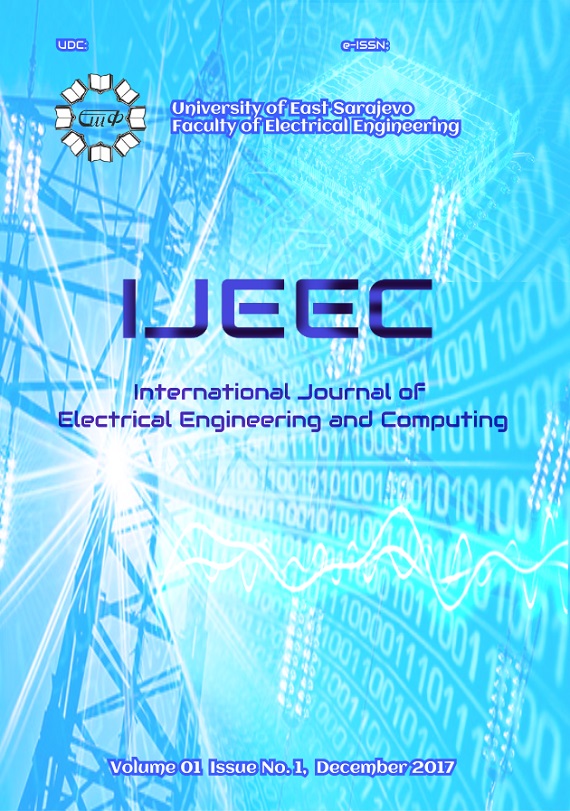Non – Regenerative IPMSM Drive Braking Scheme Based on q – Axis Current Component Limiting
DOI:
https://doi.org/10.7251/IJEEC1701029MAbstract
In the paper a non-regenerative braking scheme for high speed Interior Permanent Magnet Synchronous Motor (IPMSM)
drive is presented. Due to price constraints, general purpose electric drives with IPMSMs are not equipped with a drive converter
which allows energy recovery to the primary source. These drives are usually used for driving strictly reactive loads, in which braking
mode is used only during deceleration. Therefore, in these drives it is necessary to use methods for dissipating braking energy in the
motor itself and in the inverter. The paper provides theoretical analysis of various methods for non-regenerative IPMSM braking
schemes, mathematical models, and the proposal of one solution suitable for use in high-speed applications based on limiting q – axis
current component. Proposed solution controls recovery energy by keeping DC link voltage within given voltage margin, thus
preventing unacceptable voltage rise during braking. Braking strategy is added into common IPMSM Field Oriented Control (FOC)
control structure with Maximum Torque Per Ampere (MTPA) and Field Weakening (FW) algorithms. During the braking, MTPA
strategy is suspended and non – regenerative braking is performed instead. In the proposed braking scheme voltage margin is also
taken into account, by selecting proper d-axis reference current adjusted to the available voltage, so the scheme is also applicable in FW
mode.

